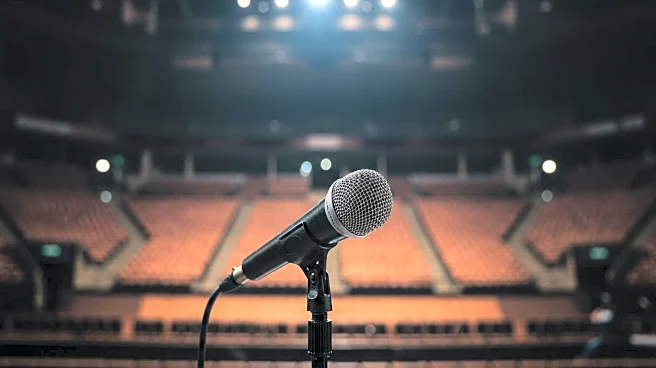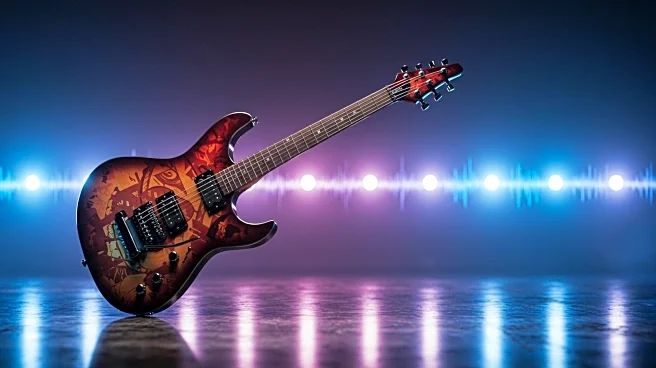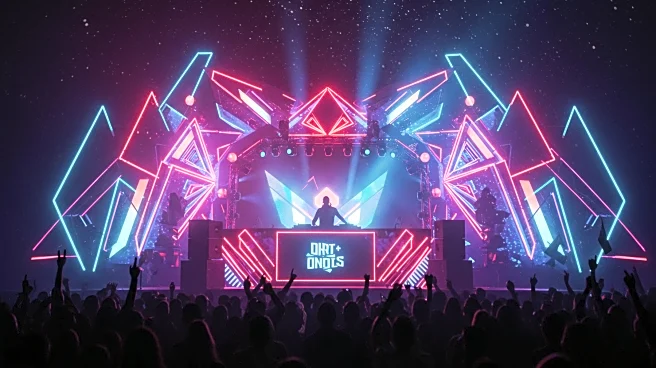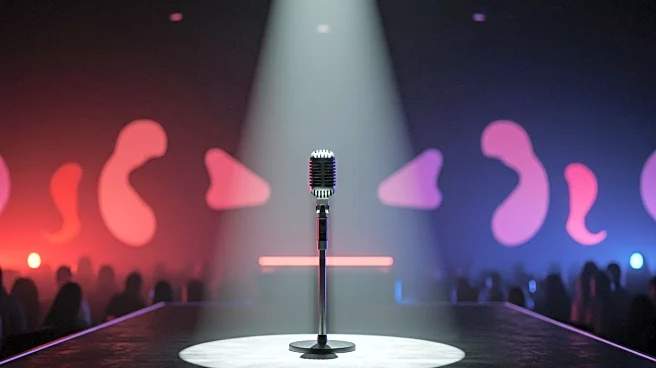What's Happening?
Doja Cat is set to embark on her first arena tour in Australia and New Zealand as part of her Ma Vie World Tour. The tour will commence on November 18 at Auckland's Spark Arena and will include performances at major venues such as Perth's RAC Arena, Melbourne's Rod Laver Arena, Brisbane Entertainment Centre, and Sydney's Qudos Bank Arena, concluding on December 1. This marks a significant milestone for the Grammy Award-winning artist, who has achieved notable success in Australia, including topping the ARIA Chart with her hit 'Paint The Town Red'. The tour is produced by Live Nation, with tickets going on sale on August 28.
Why It's Important?
The announcement of Doja Cat's arena tour in Australia and New Zealand underscores her growing international appeal and commercial success. Her ability to sell out large venues in these regions highlights her strong fan base and the global reach of her music. This tour is likely to boost her visibility and influence in the music industry, potentially leading to increased album sales and streaming numbers. Additionally, it reflects the broader trend of U.S. artists expanding their tours to international markets, which can have significant economic impacts on local concert industries and tourism.
What's Next?
As Doja Cat prepares for her tour, fans can anticipate the release of her fifth studio album, Vie, on September 26. The album is described as a pop-driven project, and its success could further enhance her tour's popularity. The upcoming tour dates are expected to generate significant interest, with ticket sales likely to be brisk. Industry observers will be watching to see how her new music and tour performances resonate with audiences, potentially influencing future tour plans and collaborations.
Beyond the Headlines
Doja Cat's tour and album release may also contribute to discussions about the evolving landscape of pop music and its cultural implications. Her comments on the perception of pop music as a 'sport' for certain demographics highlight ongoing debates about genre classifications and audience engagement. This could lead to broader conversations about inclusivity and representation in the music industry.











